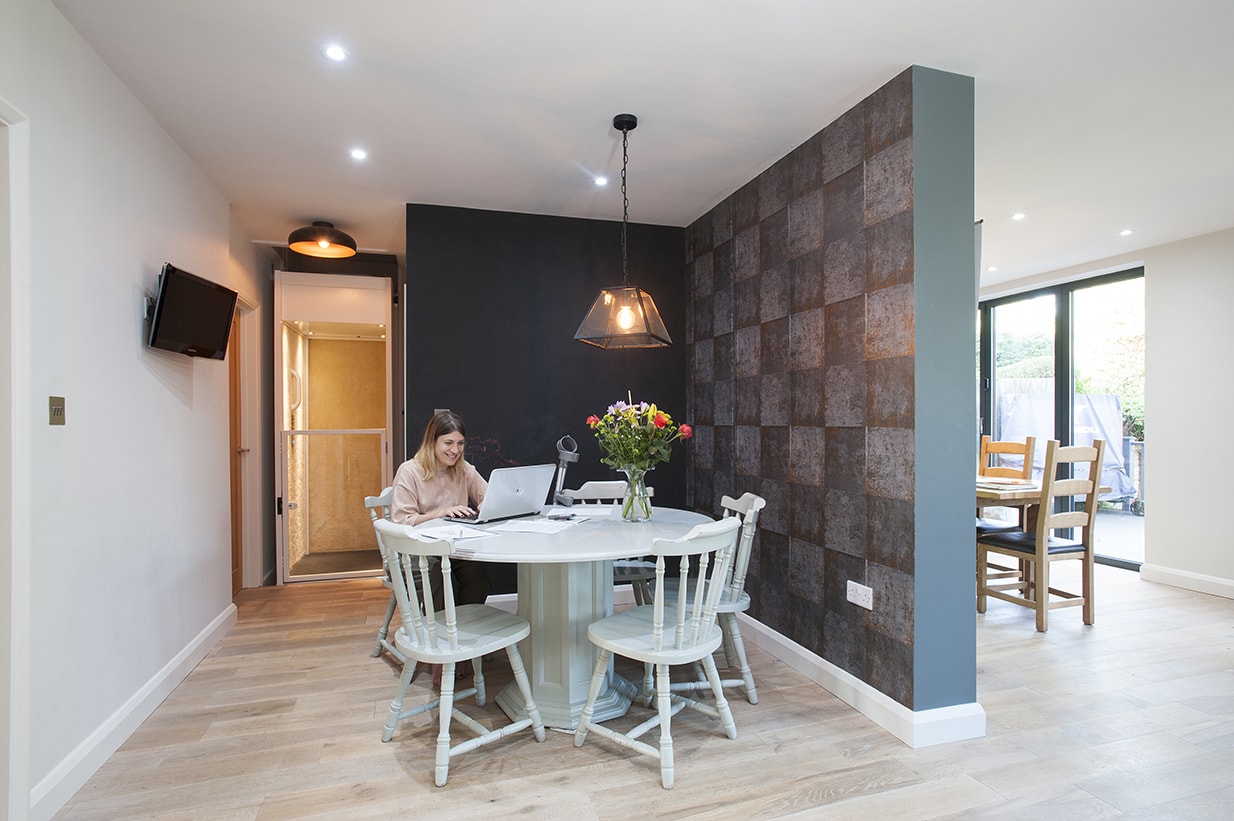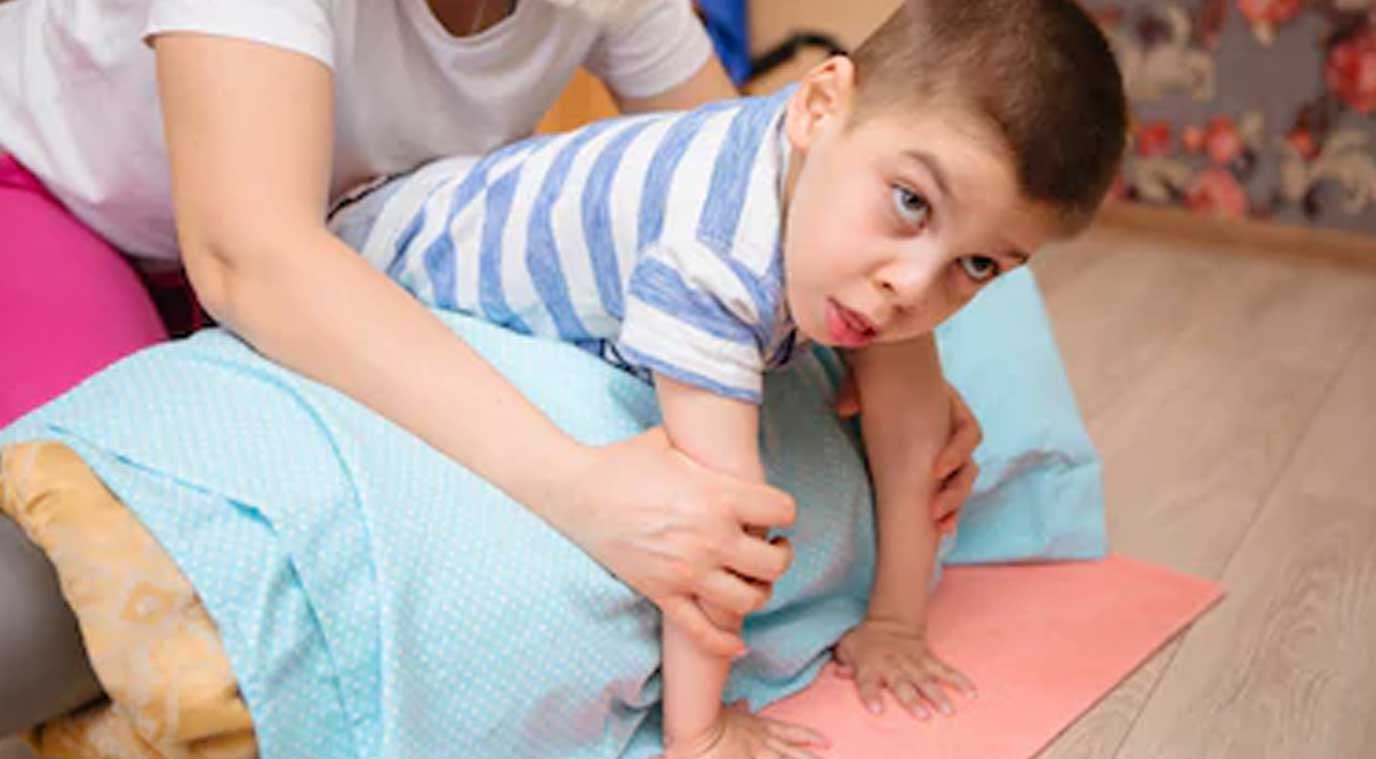Cerebral Palsy
Cerebral Palsy (CP) is the name for a group of lifelong conditions caused by a problem with the brain that develops before, during or soon after birth. Cerebral Palsy symptoms are usually noticeable in the first two to three years of a child’s life. This condition affects movement, posture and co-ordination and can vary from mild to severe depending on the individual. In extreme cases, it is common to suffer from seizures and epilepsy, therefore mobility solutions should be selected carefully.
Living in the family home
Cerebral Palsy may limit your child’s activities and independence, even though many people do go on to lead fulfilling and independent lives. The condition doesn’t get worse over time, however it can put a substantial amount of pressure and strain on the body. This can lead to problems later in life such as painful joints or limited movement.
Home lifts
The daily challenge of living with Cerebral Palsy can often be quite difficult, not just physically but mentally. It is not uncommon to lead to problems such as depression. So having a feeling of independence and not always having to rely on others in the household can have a huge effect. The installation of a home lift will allow safe and easy access between floors. Also unlike a stairlift, a home lift will not encroach on the use of the stairs, especially if there are other children or elderly relatives within the household. Stiltz Homelifts can also be customised to included padded surfaces which would be beneficial in the event someone had a seizure in the lift.
Useful Legislation
Within the Children’s Act 1989 Schedule 2, there are two sections which are relevant to the safety of a child in the home.
Section 6 – Provision for disabled children
(a)to minimise the effect on disabled children within the area of their disabilities
(b)to give such children the opportunity to lead lives which are as normal as possible
Section 10 – Maintenance of the family home
Every local authority shall take such steps as are reasonably practicable, where any child within their area who is in need and whom they are not looking after is living apart from his family—
(a)to enable him to live with his family; or
(b)to promote contact between him and his family,
if, in their opinion, it is necessary to do so in order to safeguard or promote his welfare.
Also within Schedule 2 (Section 17) it states that a sibling of a disabled child should not be impacted by their brother or sister’s disability. An Occupational Therapist would evaluate other members of the household who need to use the stairs, especially children, i.e. a stairlift might encroach on the space to walk up and down the stairs and cause a safety risk.
Notes from our resident Occupational Therapist:
 “Cerebral Palsy (CP) is the most common motor disability within children, and it’s important that both the individual and the family have the right support to make sure they know how to manage the condition and how to get the most out of life whilst living with CP.”
“Cerebral Palsy (CP) is the most common motor disability within children, and it’s important that both the individual and the family have the right support to make sure they know how to manage the condition and how to get the most out of life whilst living with CP.”


![]()
Case Study:
In recent years, there’s been concern that adults with CP are not being provided with a support network or even medical advice once they are discharged from children’s services aged 16 – much that is written about the condition focuses on children with the condition.
Diagnosed with CP aged 2, Stiltz Home Lift owner Emma Livingstone was determine to give a voice to adult sufferers. Together with doctor and colleague Miriam Creeger, they set up the Adult Cerabral Palsy Hub. Read more about how Emma’s Stiltz Home Lift make life at home that little bit easier here and for more information about ACPH, visit http://adultcphub.org/


